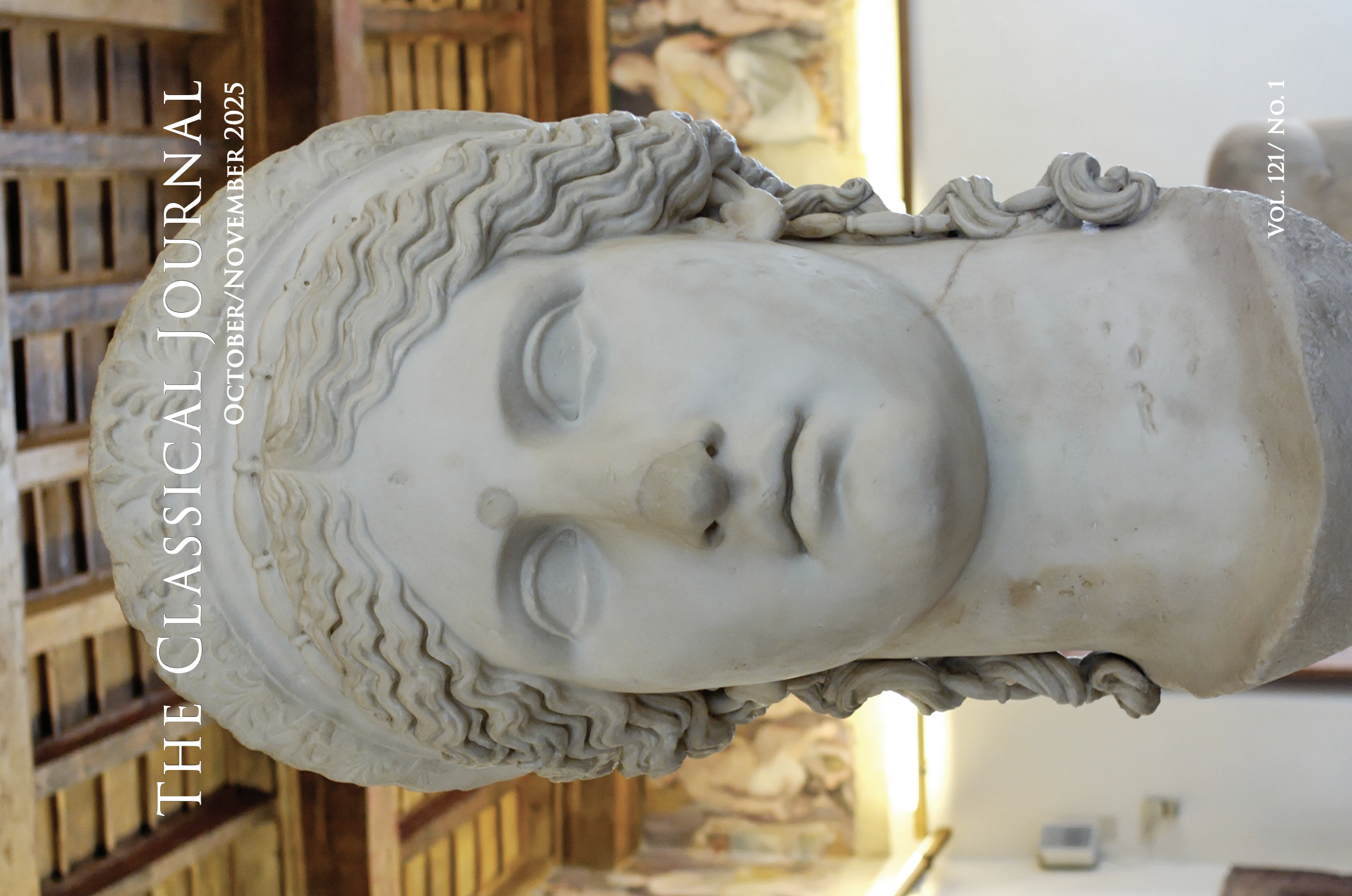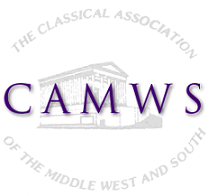115.1
Abstracts of Forum Articles
THE SUBJECTS OF SLAVERY IN 19TH-CENTURY AMERICAN LATIN SCHOOLBOOKS
A new study by the Southern Poverty Law Center has argued that American education is failing in its ability to teach “hard history,” and especially the history of American slavery, to today’s students. In similar ways, Erik Robinson has recently highlighted the difficulty that high school Latin teachers often face teaching certain “horrors” of the ancient world like slavery in their classrooms. Both Robinson and the SPLC call particular attention to the role of textbooks in such failings. In this article I want to share some results of a survey I conducted on the representation of slavery in American Latin schoolbooks from the 19thcentury. I use these textbooks, and in particular a close reading of student exercises contained within them, to shed light on the problematic ways slavery is presented in today’s books. While I certainly do not seek to “praise” or rationalize the often brutal depictions of slavery in 19th-century schoolbooks, I believe they show a portrayal of slavery that is revealing in its frankness, one that, even through a lens of fear and paranoia, acknowledges the agency and experience of the slave. Such a contrast allows us to “de-naturalize” the ways that slavery is shown in many current Latin textbooks, to understand that the tendency of today’s textbooks to conceal the brutality of slavery behind a bland inoffensiveness (to whom?) is every bit as ideological in its operations and outcomes as grappling with its darkness.


